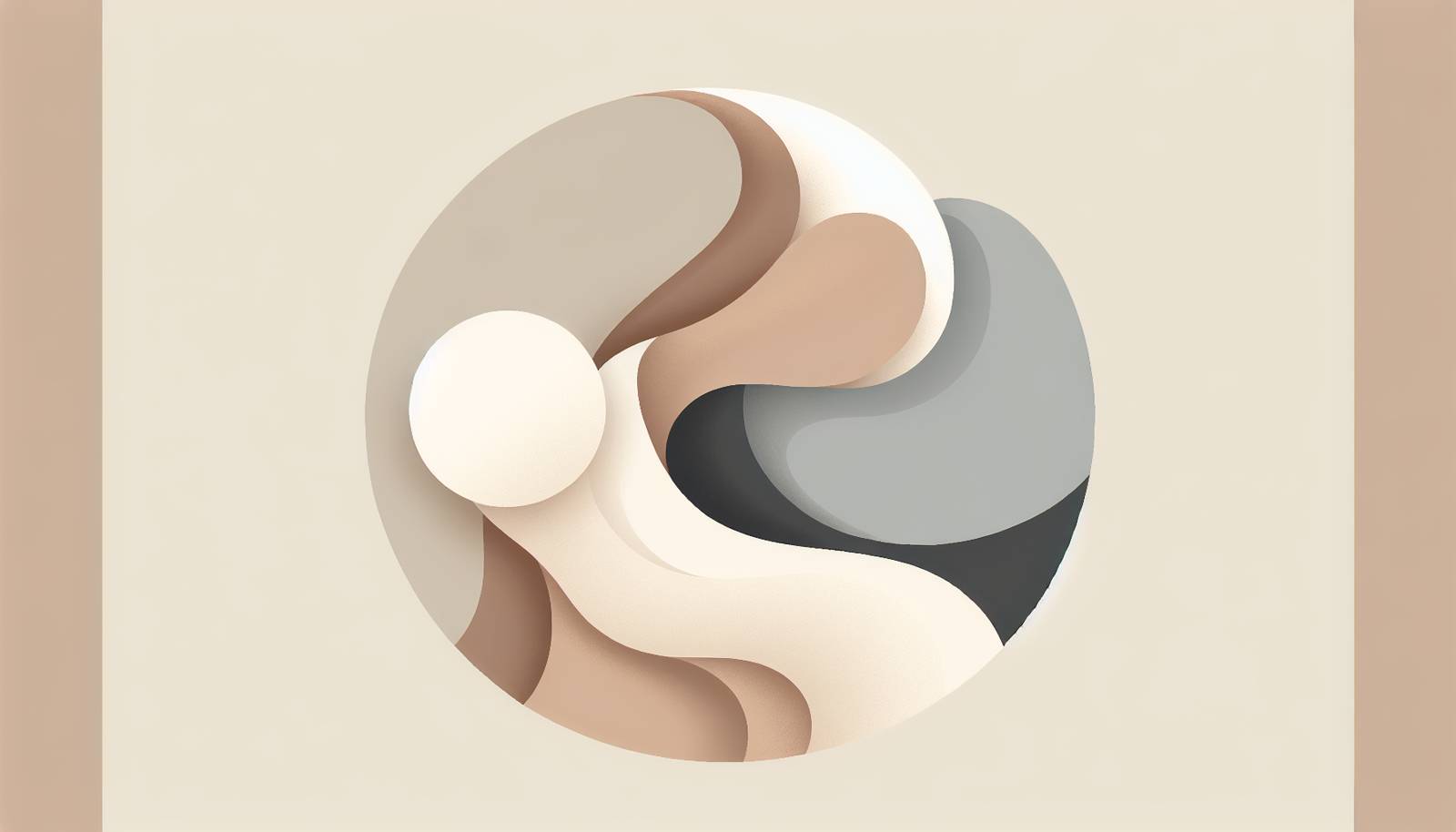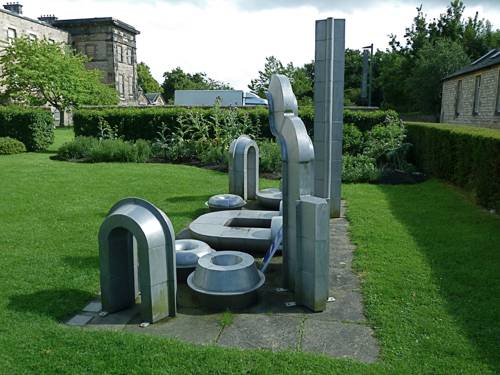
FAQ About The Influence of Gender and Identity in Modern Sculpture

What is modern sculpture's role in exploring gender and identity?
Modern sculpture plays a significant role in exploring gender and identity issues by providing a tangible form to abstract concepts. Sculptors challenge traditional norms and invite viewers to reflect on and question societal roles and perceptions related to gender and identity. This art form can provoke dialogue and increase awareness about diverse experiences and perspectives, facilitating a broader understanding of these complex issues.

How do sculptors incorporate themes of gender in their work?
Sculptors incorporate themes of gender through the use of diverse materials, forms, and narratives that challenge or highlight conventional gender roles. They may use symbolism to depict gender fluidity, binaries, or societal pressures, and employ figuration or abstraction to express personal or communal experiences related to gender identity.

Can you name some prominent modern sculptors who explore gender and identity?
Prominent modern sculptors who explore gender and identity include Louise Bourgeois, whose work often addresses themes of femininity and family; Anish Kapoor, known for abstract forms that invite contemplation of identity; and Yinka Shonibare, who examines colonialism and cultural identity. These artists, among others, use sculpture to engage with and challenge perceptions surrounding gender and identity.

Why is sculpture an effective medium for discussing identity?
Sculpture is an effective medium for discussing identity because it occupies physical space and can interact with the viewer in a direct and tactile way that other art forms cannot. Its three-dimensionality allows artists to construct forms that embody complex ideas, making abstract aspects of identity tangible and visceral. This physical engagement can prompt viewers to confront and reflect on personal and societal conceptions of identity.

What materials are commonly used in modern sculptures addressing gender and identity?
Modern sculptors addressing gender and identity often use a wide range of materials, including traditional ones like bronze, stone, and wood, as well as non-traditional materials such as textiles, found objects, and digital media. These materials are chosen for their aesthetic, symbolic, or socio-political resonance and can enhance the thematic message conveyed by the sculpture.

How has the portrayal of gender in sculpture changed over time?
The portrayal of gender in sculpture has evolved significantly over time. Historically, sculpture often reinforced traditional gender roles by idealizing masculine or feminine forms. In contrast, modern sculpture tends to explore and challenge these norms, embracing diversity and complexity in gender expressions. This shift reflects broader societal changes and an increasing awareness of gender as a fluid and multifaceted concept.

What are some challenges faced by sculptors addressing gender and identity?
Sculptors addressing gender and identity face several challenges, including potential backlash for challenging societal norms, the complexity of accurately representing diverse identities, and the need to navigate personal and cultural sensitivities. Additionally, they must also consider how their works will be interpreted by diverse audiences and balance conveying their message without alienating views.

How does public reception of gender-focused sculptures vary?
Public reception of gender-focused sculptures can vary widely. Some audiences may appreciate and support the engagement with gender issues, viewing such works as timely and important for social dialogue. Others may find them controversial or discomforting, particularly if these works challenge deeply held beliefs or social norms. The reception often depends on cultural context, individual experiences, and the specific approach of the sculptor.

Have there been exhibitions specifically focusing on gender and identity in sculpture?
Yes, there have been numerous exhibitions specifically focusing on gender and identity in sculpture. These exhibitions are often curated to highlight how different artists tackle these themes, offering viewers a chance to engage with a variety of perspectives. Prominent exhibitions have been held in major art venues around the world, showcasing the importance and relevance of these topics in contemporary art.

What impact does gender representation in sculpture have on society?
Gender representation in sculpture can have a profound impact on society by challenging stereotypes and opening up discussions about gender roles and expectations. Such representations can foster inclusivity, encourage acceptance of diverse identities, and inspire individuals to question and redefine their notions of gender. In doing so, sculpture can influence societal change by promoting empathy and understanding across different communities.

How do sculptors ensure inclusivity when representing gender and identity?
Sculptors can ensure inclusivity by engaging with diverse communities, researching thoroughly, and being mindful of cultural contexts and sensitivities. They often collaborate with individuals from various backgrounds to make their works more representative. Additionally, they may employ interdisciplinary approaches, integrating insights from sociology, anthropology, and gender studies to enrich their art and make it more inclusive.

What are some iconic sculptures that address gender and identity?
Some iconic sculptures that address gender and identity include "The Couple" by Louise Bourgeois, which explores human relationships and emotions, and "Cloud Gate" by Anish Kapoor, which invites reflections on self and surroundings. These works, alongside others by artists like Tracey Emin and Antony Gormley, highlight how sculpture can be a powerful medium in expressing issues of gender and identity.

How do contemporary cultural movements influence gender-focused sculpture?
Contemporary cultural movements, such as LGBTQ+ rights, feminism, and decolonization, significantly influence gender-focused sculpture by providing themes, narratives, and a critical framework. Sculptors often incorporate elements from these movements into their work to reflect on or support progressive changes in society. These movements inspire artists to confront issues like inequality, discrimination, and identity politics through their sculptures.

Can sculpture challenge traditional gender norms?
Yes, sculpture can significantly challenge traditional gender norms by presenting alternative representations and narratives that defy conventional stereotypes. Artists can use sculpture to question and deconstruct binary notions of gender, showcasing a spectrum of identities and experiences. This can provoke critical thought and dialogue among audiences about the rigidity of traditional gender roles.

How do modern sculptures engage viewers in social dialogue?
Modern sculptures engage viewers in social dialogue by creating works that provoke thought and discussion about relevant societal issues, such as gender and identity. These sculptures often use symbolism, unexpected forms, and interactive elements to catch the viewer's attention and encourage them to reflect on their beliefs and assumptions. By doing so, they can inspire conversations about change and understanding in society.

What is the relationship between feminist art and sculpture addressing gender?
The relationship between feminist art and sculpture addressing gender is deeply intertwined. Feminist art often challenges patriarchal structures and traditional gender roles, and sculpture provides a physical medium to express these challenges. Artists within the feminist movement use sculpture to highlight issues such as gender inequality, body politics, and female empowerment, contributing to broader dialogues about gender in society.

Are there educational programs focused on gender and identity in sculpture?
Yes, many educational programs focus on gender and identity in sculpture. Universities and art institutions offer courses and workshops that explore these themes, teaching students about the historical and contemporary significance of gender representation in sculpture. These programs often include practical engagement with sculpture creation, as well as critical analysis of existing works, fostering a deeper understanding of how art can influence and reflect social issues.

How do personal experiences of sculptors influence their depiction of gender and identity?
Personal experiences of sculptors significantly influence their depiction of gender and identity, as these experiences shape their perspectives and inform their artistic choices. Sculptors may draw upon their own life stories, cultural backgrounds, and emotional journeys to create works that are authentic and resonate with viewers. This personal connection often brings a unique depth and sincerity to their art, allowing them to effectively communicate complex concepts related to gender and identity.

What future trends might we see in sculpture regarding gender and identity?
Future trends in sculpture regarding gender and identity might include increased use of technology to create interactive and immersive experiences, greater diversity in representation, and more collaboration with marginalized communities. We may also see a continued blurring of boundaries between different art forms, as well as a growth in global perspectives that incorporate non-Western ideas and aesthetics. These trends reflect an ongoing commitment to exploring and understanding the complexities of gender and identity in an evolving society.
